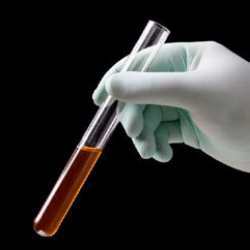
- Industrial Heavy And Fine Chemicals
- Organic Compounds
-Liquid Glycerine
-Industrial Solvents
-Acetic Acid
-Sorbitol Oil
-Liquid Glucose
-Soya Fatty Acid
-Potassium Parmagnate
-Methyl Dichloride ( Dichloromethane)
-Borax- Powder/Crystal
-H2O2 (Hydrogen Peroxide)
-Sodium Bisulfite
-Propylene Glycol
Dev Alums & Chamicals
Mr Pankaj Chittlangia
Mr Nilesh Jain,
Plot No 166 Ind Area Sec E
Sanwer Rd, Topkhana,
Indore - 452007,
India
Email:devalum_chem@yahoo.com
Telephone:++(91)-(731)-5024255,
Mobile:+(91)-9826044559
Mobile:+(91)-9826044559
ORGANIC COMPOUNDS
We are engaged in offering Organic Compounds. We manufacture them with eco-friendly procedures and machines. These are quality proven and provided by us in durable packaging to the clients.
Liquid Glycerine
Glycerine offered by us is also known as Glycerol, an organic compound. It is a colorless, odorless, viscous liquid that finds wide application in pharmaceutical formulations. Having three hydrophilic hydroxyl groups, Glycerol is responsible for solubility in water due to its hygroscopic nature. Its substructure is a central component of many lipids and is sweet-tasting and of low toxicity.
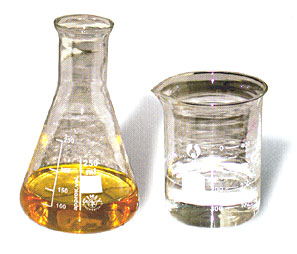
Industrial Solvents
We offer customers a wide range of industrial solvents that include organic & inorganic solvents. The offered collection is made using high grade material
and formulated in accurate composition.
Application Areas:
- Nail polish removers & glue solvents
- Dry cleaning as paint thinners
- As spot removers
- In perfumes
- In detergents
- In chemical synthesis
Our range of Industrial Solvents includes:
Acetone
Benzene
Cyclohexanone
DBP (Di-Butly Phthalate)
DMF (Dimethyl Formamide)
DOP (Di-Octyle Phthalate)
Epichlorohydrin
Glycering
Hydrogen Peroxide
M.E.K. (Methyle Ethyle Ketone)
M.M.A.
MEG (Mono Ethylene Glycol)
Para Formaldehyde
Propylene Glycol
Toluene
Xylene
Butnol
Carbon Tetra Chloride
Di-Acetone
DEG (Di-Ethylene Glycol)
D.M.A.
EDC (Thylene Di Chloride)
Formaldehyde
Hydrazine Hydrate
I P A (Iso Propyle Alcohol)
MIBK (Methyle Isobutyl Ketone)
Morpholine
N-Butanol
Phenol (Liquid & Crystal)
Sorbitol
Trichloroethylene
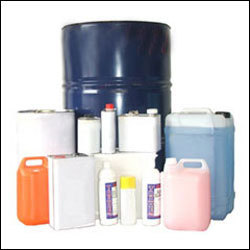
Acetic Acid
Acetic acid (CH3COOH) also known as ethanoic acid is an organic acid that provides vinegar its sour taste as well as pungent smell. It is a weak acid in an aqueous solution. Pure, water-free acetic acid (glacial acetic acid) is a colorless liquid that absorbs water from environment (hygroscopy) and freezes at 16.5 °C (62 °F) to colorless crystalline solid.
As one of simplest carboxylic acids, Acetic acid is an important chemical reagent & industrial chemical.
Uses:
- Soft drink bottles
- Polyvinyl acetate for wood glue
- Synthetic fibers and fabrics
- Cellulose acetate (Mainly for photographic film)
In households, diluted acetic acid is also often used as de-scaling agents. Further, in the food industry, acetic acid is used under food additive code E260 as an acidity regulator and condiment.
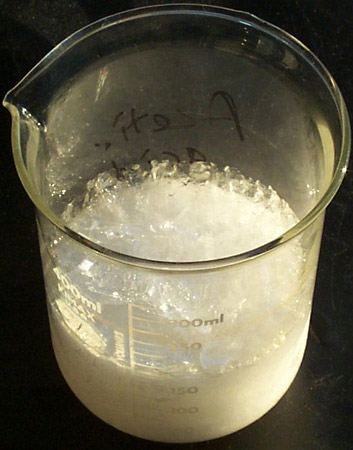
Sorbitol Oil
Sorbitol, which is a hexavalent sugar alcohol is a common constituent in many edible fruits. Its importance was recognized later after large scale
economical manufacturing of sorbitol from commercially available glucose that became possible by catalyst reactions with hydrogen.
During last few decades, numerous industrial uses of sorbitol got established in Europe, USA, Japan as well as elsewhere in the world that has also made it one of the important industrial chemicals with innumerable applications in a number of industrial processes. The versatile as well as unique properties of sorbitol also make it highly demanded in the Indian markets.

Liquid Glucose
Liquid Glucose is derived from partial hydrolysis of starch slurry by acid or enzyme. Commonly known as Liquid Glucose (Sweetose), Corn Syrup or Glucose,
chemically, Liquid Glucose is mixture of entire spectrum of carbohydrate molecules that is derived by breaking long chained molecules of polysaccharides
contained in starch slurry. By adjusting content of ingredients, Liquid Glucose of various DE (Dextrose Equivalent) can be obtained for varied end uses.
Some facts:
- High ferment ability
- Viscosity
- Sweetness
- Colligative properties
- Humectancy – hygroscopicity

Soya Fatty Acid
Leading manufacturer of a vast range of Soya Fatty Acid. These Soya Fatty Acid are made from high grade natural extracts, naturally occurring animal, vegetable, marine fats and oils to offer high efficiency.

Potassium Parmagnate
Potassium permanganate is an inorganic chemical compound with the formula KMnO4. It is a salt consisting of K+ and MnO4- ions. Formerly known as permanganate of potash or Condy's crystals, it is a strong oxidizing agent. It dissolves in water to give intense purple solutions, the evaporation of which gives prismatic purplish-black glistening crystals.
Potassium permanganate decomposes when exposed to light:
2 KMnO4(s) ? K2MnO4(s) + MnO2(s)+O2(g)
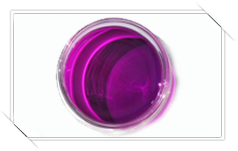
Methyl Dichloride ( Dichloromethane)
Dichloromethane (DCM or methylene chloride or MDC) also known as Methyl dichloride is an organic compound with the formula CH2Cl2. This colorless, volatile liquid with a moderately sweet aroma is widely used as a solvent. More than 500,000 tons were produced in 1991. Although it is not miscible with water, it is miscible with many organic solvents. It was first prepared in 1840 by the French chemist Henri Victor Regnault, who isolated it from a mixture of chloromethane and chlorine that had been exposed to sunlight.
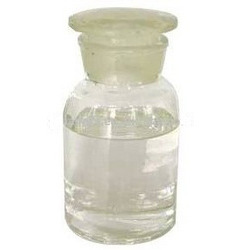
Borax- Powder/Crystal
Borax, also known as sodium borate, sodium tetraborate, or disodium tetraborate, is an important boron compound, a mineral, and asalt of boric acid. It is usually a white powder consisting of soft colorless crystals that dissolve easily in water.
Borax has a wide variety of uses. It is a component of many detergents, cosmetics, and enamel glazes. It is also used to make buffer solutions in
biochemistry, as a fire retardant, as an anti-fungal compound for fiberglass, as an insecticide, as a flux in metallurgy, a texturing agent in cooking, and as a precursor for other boron compounds.
The term borax is used for a number of closely related minerals or chemical compounds that differ in their crystal water content, but usually refers to th
decahydrate. Commercially sold borax is usually partially dehydrated
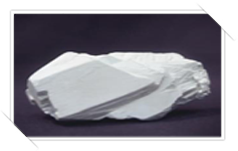
H2O2 (Hydrogen Peroxide)
Hydrogen peroxide (H2O2) is an oxidizer commonly used as a bleach. It is a clear liquid, slightly more viscous than water, that appears colorless in dilute solution. It is used as a disinfectant, antiseptic, oxidizer, and in rocketry as a propellant.[2] The oxidizing capacity of hydrogen peroxide is so strong that it is considered a highly reactive oxygen species.
Hydrogen peroxide is naturally produced in organisms as a by-product of oxidative metabolism. Nearly all living things (specifically, all obligate and facultative aerobes) possess enzymes known as peroxidases, which harmlessly and catalytically decompose low concentrations of hydrogen peroxide to water and oxygen.

Sodium Bisulfite
Sodium bisulfite (sodium hydrogen sulfite) is a chemical compound with the chemical formula NaHSO3. Sodium bisulfite is a food additive with E number E222. Sodium bisulfite can be prepared by bubbling sulfur dioxide in a solution of sodium carbonate in water. Sodium bisulfite in contact with chlorine bleach (aqueous solution of sodium hypochlorite) will release harmful fumes.

Propylene Glycol
The quality propylene glycol we offer is a tasteless, odorless & colorless oily liquid that is miscible with water, acetone &
chloroform.
Uses:
- Used as a moisturizer in medicines, food, cosmetics, toothpaste, tobacco products and mouth wash
- Used as solvent for food colors & flavorings
- As a less-toxic antifreeze
In smoke machines to make artificial smoke:
- In hand sanitizers, antibacterial lotions & saline solutions
- As a working fluid in hydraulic presses
